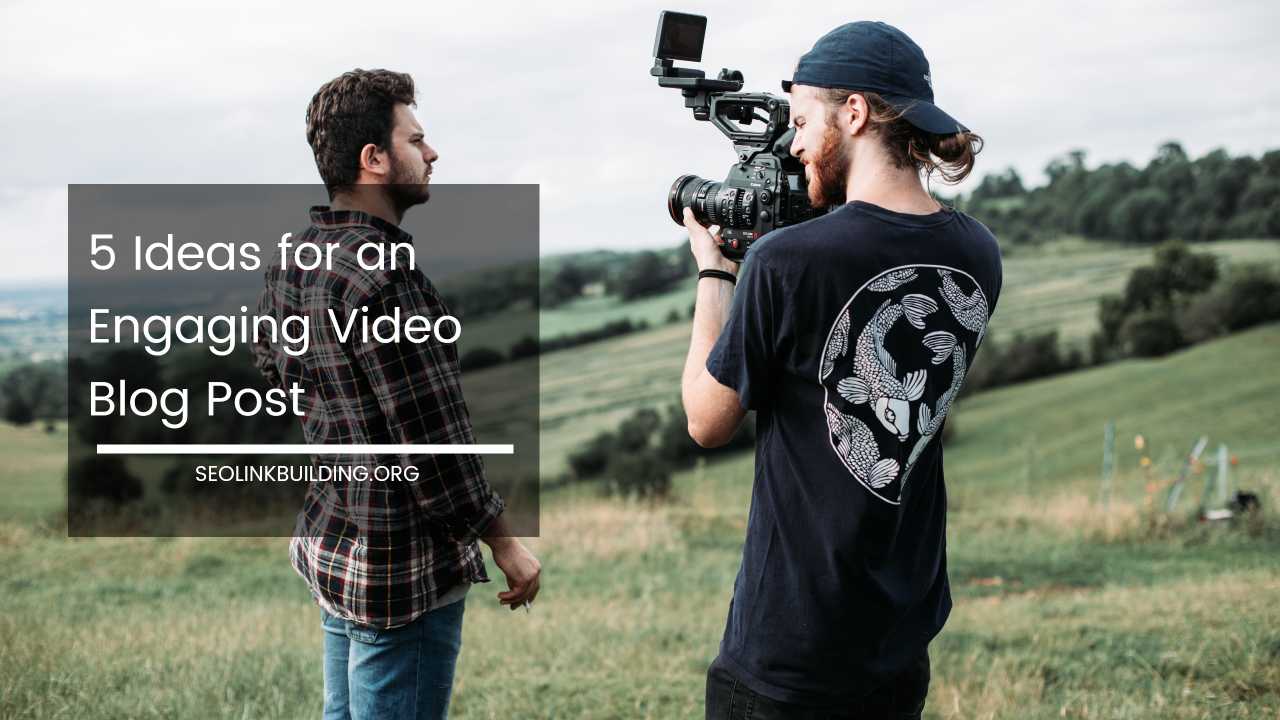Social Media Content Creation: The Ultimate Guide

Social Media Content Creation
The Art and Science of Social Media Content Creation: Engaging Audiences and Achieving Goals in the Digital Age
In the dynamic and ever-evolving landscape of the digital age, social media has transcended its initial purpose as a platform for personal connections.
It has become a powerful force in business, marketing, communication, and even social movements.
At the heart of this influence lies social media content creation – the strategic process of developing and sharing valuable, relevant, and consistent content to attract and engage a clearly defined audience, ultimately driving profitable customer action.
In today’s hyper-connected world, where attention spans are fleeting and information overload is rampant, simply having a social media presence is no longer enough.
To truly stand out, build a loyal community, and achieve meaningful results, individuals and organizations must master the art and science of crafting compelling content that resonates with their target audience.
This article delves deep into the intricacies of social media content creation, exploring its fundamental principles, key strategies, diverse formats, optimization techniques, and the crucial role of measurement and adaptation.
Laying the Foundation: Understanding Your Audience and Defining Your Goals
Before embarking on the content creation journey, the first and arguably most critical step is to thoroughly understand your audience.
Who are you trying to reach? What are their demographics, interests, pain points, and online behaviors? A surface-level understanding is no longer sufficient. It requires an intentional and data-driven approach.
Use a combination of quantitative (Google Analytics, social media insights, customer databases) and qualitative (interviews, focus groups, open-ended surveys) methods to gather comprehensive insights.
Platforms like Meta’s Audience Insights or tools like Sprout Social and Brandwatch can help uncover what content resonates, when users are most active, and how they engage with different formats.
Creating detailed buyer personas—fictional profiles representing your ideal audience segments—adds a human dimension to your data. F
or instance, a persona named “Busy Brenda” might represent working mothers who need quick, snackable content during lunch breaks, while “Techie Tom” prefers long-form YouTube breakdowns on the latest gadgets.
Simultaneously, it’s essential to clearly define your goals and objectives for engaging in social media content creation. What do you hope to achieve? Are you aiming to increase brand awareness, drive website traffic, generate leads, improve customer engagement, build a thriving community, or boost sales?
Use SMART goals – Specific, Measurable, Achievable, Relevant, and Time-bound – to ensure clarity and direction.
For example, instead of saying “We want more followers,” a SMART goal might be: “Increase Instagram followers by 15% in the next three months through weekly reels and influencer collaborations.”
This alignment ensures your social media activities are not arbitrary but are deeply connected to your broader organizational mission—whether that’s growing an e-commerce brand or raising awareness for a nonprofit.
Crafting the Blueprint: Developing a Comprehensive Content Strategy
Once you have a clear understanding of your audience and defined goals, it’s time to translate that knowledge into a solid, actionable content strategy. Think of this as your game plan—your map through the dense and ever-changing jungle of social media.
Platform Selection
Each social platform has its own culture, tone, and audience. LinkedIn excels for B2B engagement, while Instagram and TikTok are ideal for lifestyle and entertainment content.
Twitter/X is useful for real-time updates, thought leadership, and news, while Pinterest is great for visual discovery in niches like DIY, home decor, and fashion.
Don’t try to be everywhere—be where your audience already is. Mastering a few platforms well beats spreading yourself thin across many.
Content Calendar and Editorial Workflow
Consistency builds trust. That’s where your content calendar comes in. Use tools like Trello, Asana, Notion, or Buffer to organize ideas, track deadlines, and coordinate teams. A typical content calendar should include:
- Date and time of posting
- Platform
- Content format (image, video, carousel, etc.)
- Caption or copy
- Call to action
- Status (draft, scheduled, published)
An editorial workflow ensures seamless collaboration between writers, designers, videographers, and social media managers. Outline roles and processes from ideation and approval to scheduling and monitoring.
Content Themes and Pillars
Themes and pillars guide your storytelling. A travel brand, for instance, might establish themes like “Hidden Gems,” “Local Food,” “Travel Tips,” and “Cultural Experiences.” These pillars ensure consistency while allowing creativity within boundaries.
Align themes with your brand voice and audience interests. They also help streamline brainstorming and ensure a balanced mix of content types.
Content Format Diversification
Diversify content to cater to different preferences and cognitive styles. Mix short and long-form content, include both educational and entertaining pieces, and vary between passive (videos, blogs) and interactive (polls, Q&As) formats. This variety keeps your feed dynamic and engaging.
Distribution and Promotion Strategies
Organic reach is declining—especially on platforms like Facebook. You must actively promote your content. Utilize:
- Hashtags
- Platform-specific tools (e.g., Instagram Collabs, YouTube Shorts)
- Influencer partnerships
- Paid promotion
- Email lists and newsletters
- Cross-posting across your ecosystem
Treat content like a product: it needs marketing too.
The Art of Content Creation: Weaving Engaging Narratives Across Diverse Formats
Content creation is where strategy meets creativity. It’s not just about producing “stuff”—it’s about telling stories that matter.
The Power of the Written Word: Text-Based Content
Never underestimate the written word. On platforms like LinkedIn, long-form posts that share personal insights or industry opinions can go viral. A well-written caption can elevate an Instagram image, turning a passive scroll into a meaningful engagement.
Use hooks in the first line to grab attention. Avoid jargon. Write like a human speaking to another human. Ask questions, tell micro-stories, and break up long text with line breaks or emojis to make it digestible.
Example: “I almost quit my business last year. Here’s why I’m glad I didn’t…” is more engaging than “My entrepreneurial journey.”
Captivating the Eye: Visual Content (Images and Infographics)
A compelling image can speak louder than a paragraph. Use high-resolution visuals and maintain a consistent aesthetic and branding style—colors, fonts, and tone—to build brand recognition.
Infographics can transform dry statistics into shareable content. For instance, a fitness coach might turn a workout routine or calorie comparison into a visual chart, helping followers absorb and act on information quickly.
Use tools like Canva, Adobe Express, and Figma to design on-brand, scroll-stopping graphics.
The Reign of Video: Engaging Through Motion and Sound
Video is the most engaging format in today’s content hierarchy. It provides an immersive experience—combining visuals, sound, and storytelling.
Types of video to explore:
- Explainers and how-tos (great for education)
- Behind-the-scenes clips (great for transparency)
- Live testimonials and product reviews (great for trust)
- Short-form entertainment (great for reach)
Always optimize for mobile (vertical format, subtitles, concise length). Aim to engage your viewer in the first three seconds to avoid drop-offs.
The Intimacy of Audio: Podcasts and Audio Posts
Podcasting is the slow burn of content creation. It builds intimacy and loyalty. People listen while commuting, exercising, or relaxing—making it a powerful format for long-form storytelling and thought leadership.
Integrate audio snippets into your social content to drive traffic back to full episodes. Platforms like Spotify now offer clickable episode previews, and tools like Headliner help you turn audio into shareable audiograms.
Sparking Interaction: Polls, Quizzes, and Q&A Sessions
Interactive content = participation. When users interact, they’re more likely to remember and return.
Ask questions like “Which design do you prefer?” or “What’s your biggest challenge with X?” Use Instagram Stories or LinkedIn polls to gather feedback while boosting your algorithmic favor.
Quizzes (via tools like Typeform or Outgrow) can serve as both entertainment and lead generation tools.
The Power of the Crowd: User-Generated Content (UGC)
UGC builds social proof. Seeing real people use and love your product is far more compelling than polished branded content.
Encourage UGC through branded hashtags, contests, or by simply asking your followers to tag you. Always credit the original creator, and consider curating a dedicated UGC highlight on Instagram or a pinned board on Pinterest.
Connecting in Real-Time: Live Streams and Webinars
Live video builds urgency and authenticity. Unlike pre-recorded videos, it fosters real-time connection and feedback.
Great for:
- Launches and product drops
- “Ask Me Anything” sessions
- Behind-the-scenes access
- Educational webinars or interviews
Webinars can also generate leads when paired with registration forms, and the recordings can be repurposed as evergreen content later.
Amplifying Your Message: Content Optimization and Promotion
Even the best content fails without visibility. Amplification is essential.
Platform-Specific Optimization
Customize your content’s tone, length, and format for each platform. What works on TikTok might flop on LinkedIn.
Examples:
- Use vertical, fast-paced videos for Instagram Reels or TikTok.
- Prioritize educational, longer-form posts on LinkedIn.
- Keep tweets short, witty, and hashtag-friendly.
- Optimize thumbnails and descriptions for YouTube.
The Strategic Use of Keywords and Hashtags
Treat social media like a search engine. Hashtags and keywords help people find your content organically.
Use tools like Hashtagify, RiteTag, or TubeBuddy to research what’s trending. Combine high-volume and niche-specific tags to expand reach while maintaining relevance.
Cross-Promotion and Content Repurposing
Maximize the value of every piece of content. One blog post can become:
- A Twitter thread
- A LinkedIn carousel
- An infographic for Instagram
- A talking-point script for a YouTube video
- A podcast episode
Batch-create content and adapt it for various platforms and audiences.
The Power of Paid Advertising
Sometimes, organic reach needs a boost. Use A/B testing to experiment with different ad creatives and CTAs. Retarget users who engage with previous posts or visit your site.
Even small ad budgets can yield big results when well-targeted.
Collaborating for Reach: Influencer Marketing and Partnerships
Micro-influencers (1K–100K followers) often offer higher engagement and stronger niche authority than mega-influencers. Partnering with aligned creators or brands can generate collaborative content that taps into new audiences while building credibility.
Measuring Success and Adapting Your Approach: The Importance of Analytics
You can’t improve what you don’t measure. Analytics are your compass.
Track metrics aligned with your goals:
- Awareness: Reach, impressions, shares
- Engagement: Likes, comments, click-throughs
- Conversion: Sign-ups, downloads, purchases
- Retention: Follower growth, returning viewers
Use native tools (Meta Insights, Twitter Analytics, LinkedIn Analytics) or third-party dashboards like Hootsuite, Sprout Social, or Google Data Studio.
Beyond the numbers, look at qualitative feedback: Are people commenting thoughtfully? Are you sparking real conversations?
Use this data to experiment, iterate, and optimize. Content creation is not a one-and-done process—it’s a living ecosystem.
Navigating the Ever-Evolving Landscape: Trends and the Future of Social Media Content Creation
Change is the only constant in social media.
Stay ahead by embracing:
- Short-form video dominance (e.g., TikTok, Reels, YouTube Shorts)
- Authenticity over perfection (raw, behind-the-scenes content > overly polished ads)
- Social commerce (buying directly from Instagram/TikTok)
- AI-assisted content (automated captions, idea generation, content repurposing)
- Virtual and augmented reality (immersive brand experiences)
Continuously test new features, engage in professional communities, follow thought leaders, and attend webinars and conferences to keep your knowledge fresh.
Final Thoughts: The Enduring Power of Strategic and Creative Content
Social media content creation is a dynamic blend of strategy and creativity. It demands a deep understanding of your audience, clear goals, compelling storytelling, and a relentless commitment to learning and adapting.
When executed well, social media becomes more than a promotional tool—it becomes a conversation engine, a brand-builder, and a community hub.
Whether you’re a solo creator, startup, or global brand, the principles remain the same: show up authentically, create with intention, and never stop evolving.













